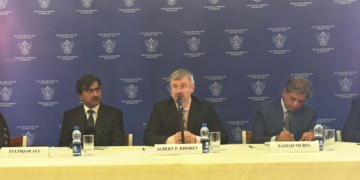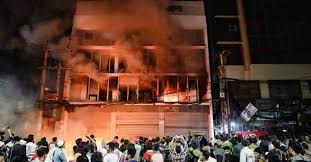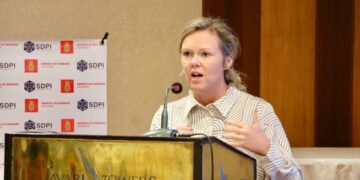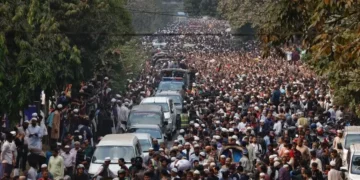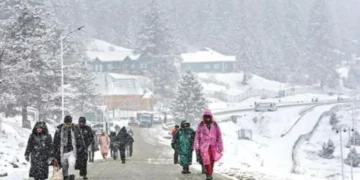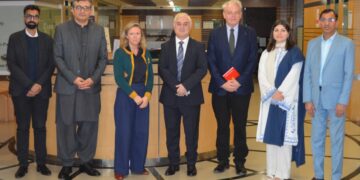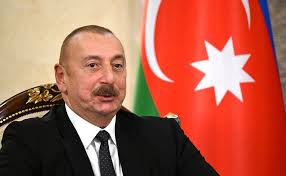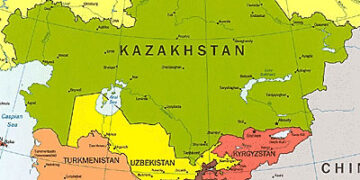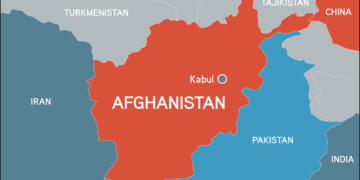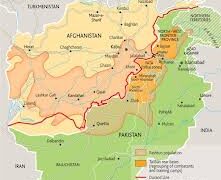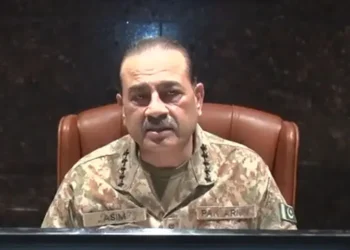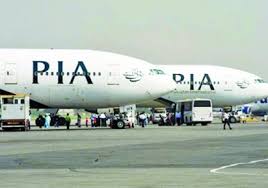KASUR; Punjab Chief Minister Maryam Nawaz Sharif continued her field visits for the fourth consecutive day on Sunday, as she inspected relief activities at the flood relief camp established at DPS Kasur.
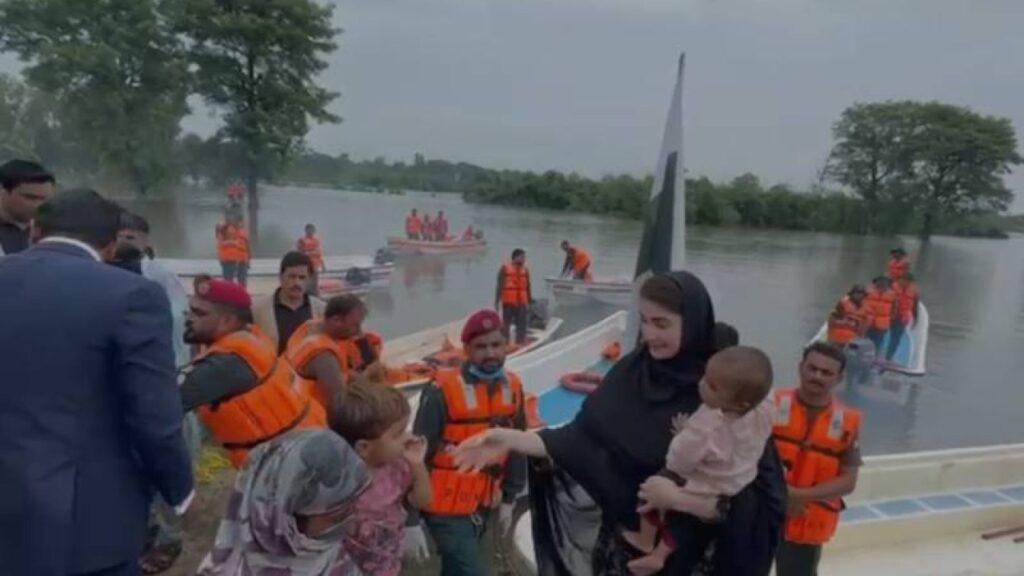
During her visit, the chief minister interacted with women displaced by the floods, listened to their grievances, and assured them of complete government support. She also visited a temporary hospital inside the camp, where she inquired about the health of patients and offered words of comfort.
One rescued woman expressed gratitude, saying that Rescue 1122 teams responded immediately to her call and safely evacuated her family to the camp. “Thanks to Chief Minister Maryam Nawaz Sharif, we were saved and brought here,” she said.
Maryam Nawaz also spent time with children at the camp, engaging them in classrooms in a cheerful manner. She held the younger ones in her arms, encouraged them to write their names on the whiteboard, and distributed small prizes to appreciate their participation.
Officials briefed the chief minister on the overall situation in Kasur, informing her that 29 villages had been affected by floods, while 18,300 people were successfully rescued. Authorities also shifted over 36,000 cattle to safe locations.
Currently, 60 families comprising 312 individuals are staying at the relief camp. Proper food arrangements have been made, while children are continuing educational activities alongside recreational opportunities in open spaces. Three doctors with medical staff are present round the clock, and more than 170 patients have already received treatment.
Flood-affected families from Dhoop Sari, Muboke, Olla K, Nagar Aiman Pura, Mai Wala, and Fatti Wala are among those accommodated at the camp. Evacuations were carried out using boats and vehicles.
Meanwhile, the Provincial Disaster Management Authority (PDMA) reported that the death toll from flooding across Punjab has climbed to 33 in the past five days, with more than 2 million people affected. PDMA Director General Irfan Ali Kathia told reporters that water flows in all three major rivers—the Sutlej, Ravi, and Chenab—remain at dangerous levels.
“The situation is extremely precarious,” Kathia said. “We have received high flows in all three major rivers of Punjab. This is one of the largest rescue operations in the province’s history.” He added that 2,200 villages had been submerged and 750,000 people evacuated so far.
Water levels at Trimmu Barrage surged to 361,633 cusecs, showing a sharp rise of over 100,000 cusecs in a single day. Kathia noted that ongoing monsoon rains are hampering drainage operations and causing additional urban flooding in several cities.
Later in the day, Punjab Senior Minister Marriyum Aurangzeb described the situation as an “unprecedented crisis,” with all three of Punjab’s major rivers simultaneously in a state of “super flood.” She confirmed that more than 750,000 people and nearly 500,000 livestock have been relocated to safer ground.
At Ravi Bridge alone, water flow has reached nearly 500,000 cusecs, while high levels are also being recorded at Khanki, Qadirabad, and Ganda Singh Wala on the Sutlej. The minister said over 400 veterinary camps have been set up, with arrangements for animal fodder and shelter, adding that relief operations are continuing “at full scale” across the province.



















